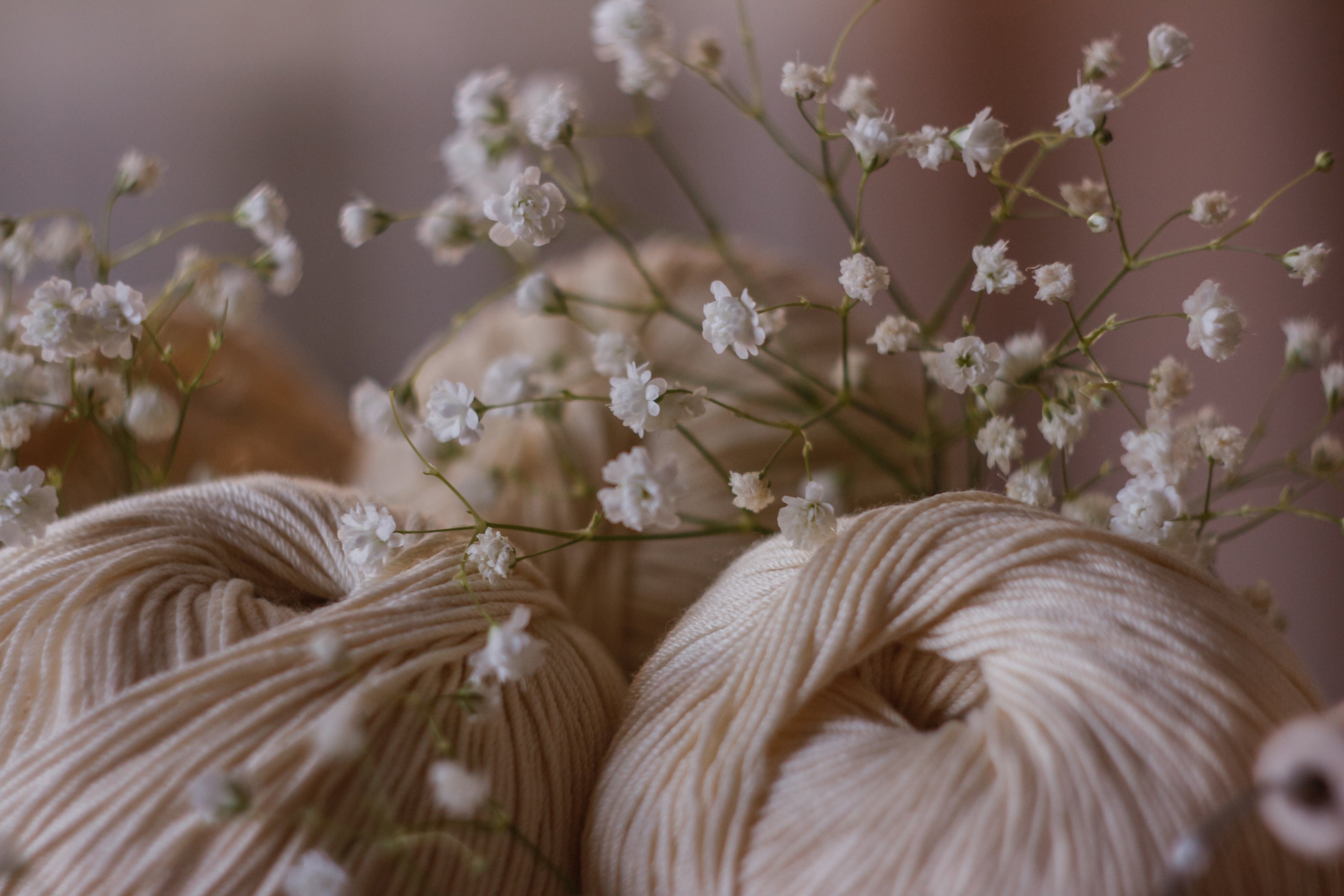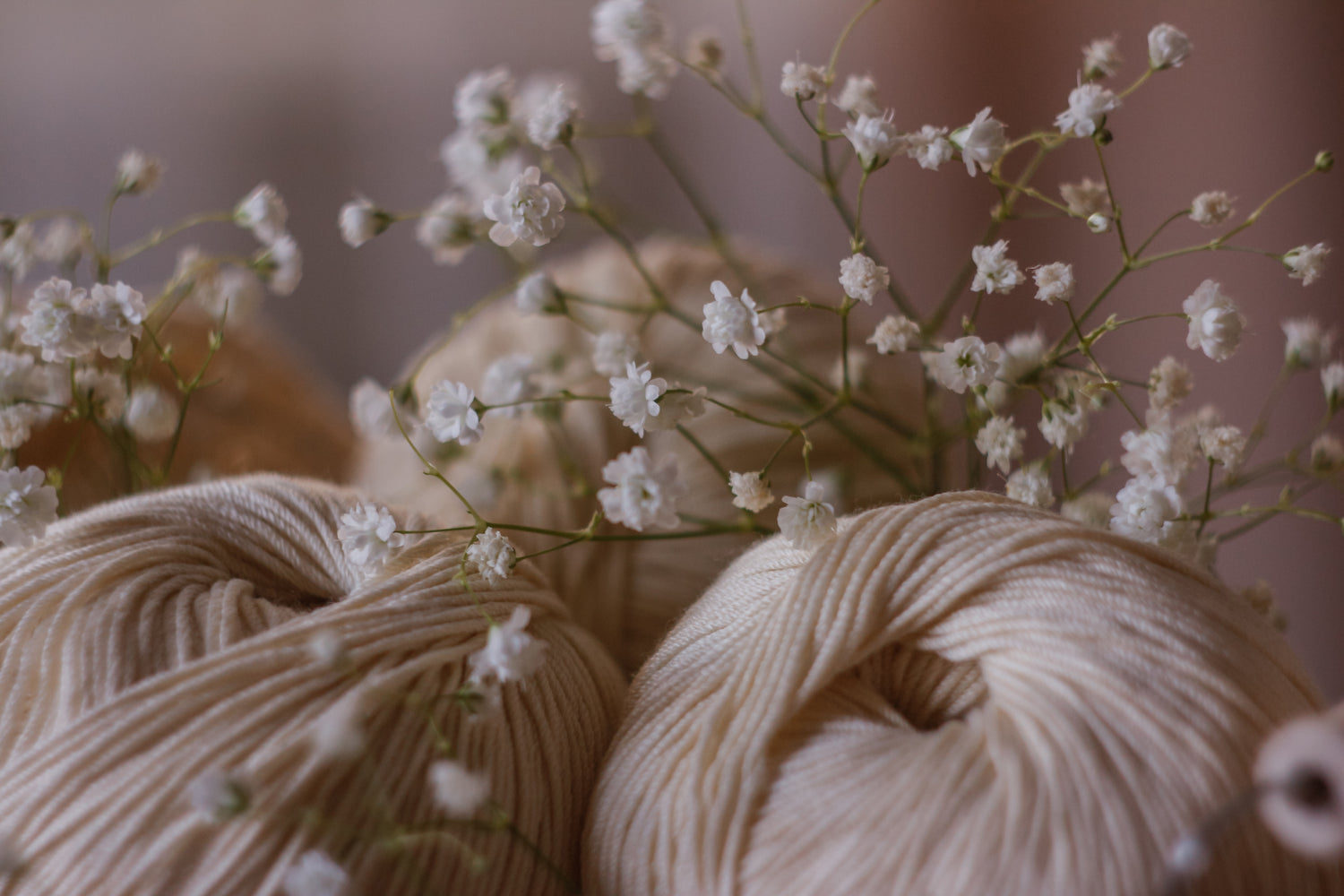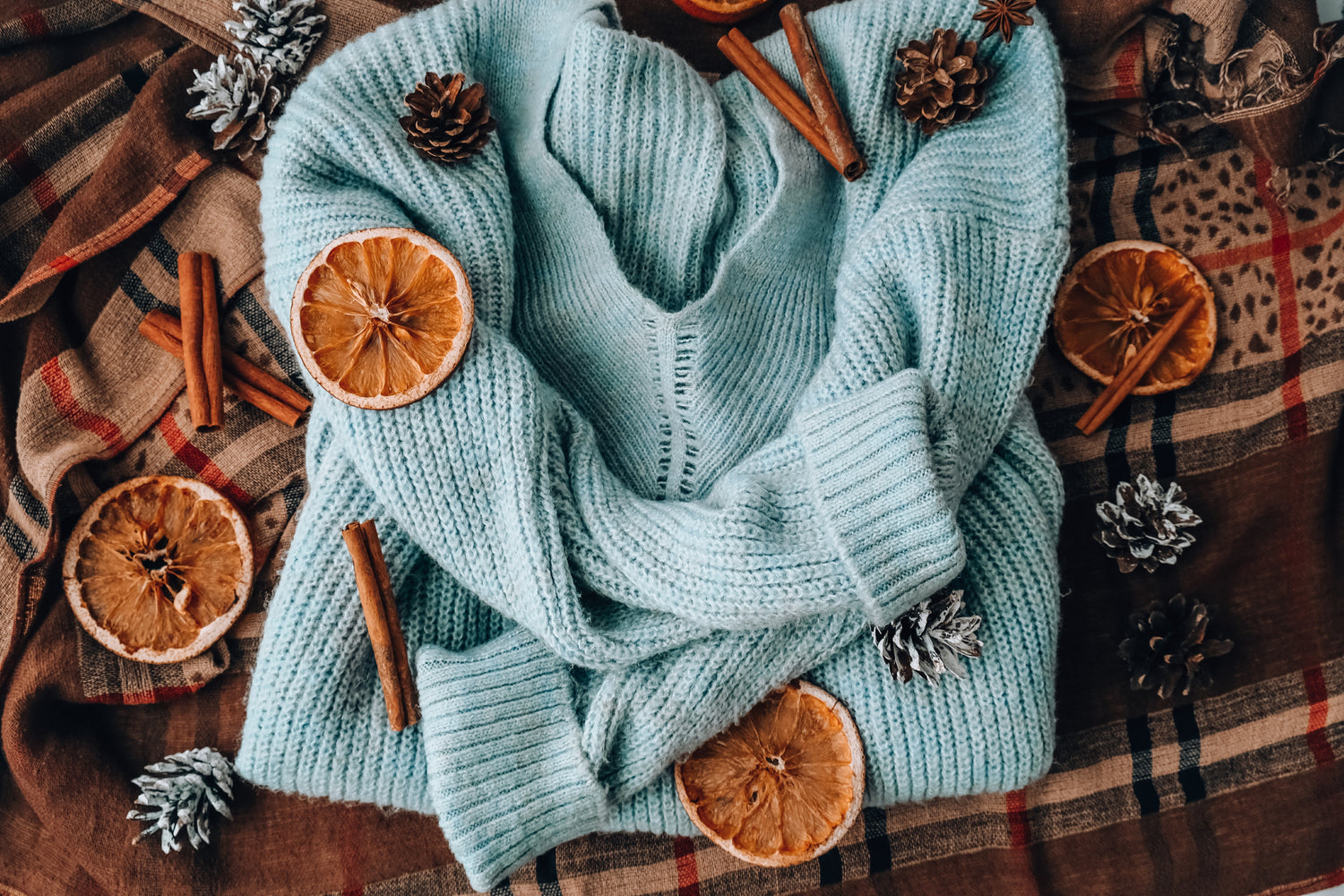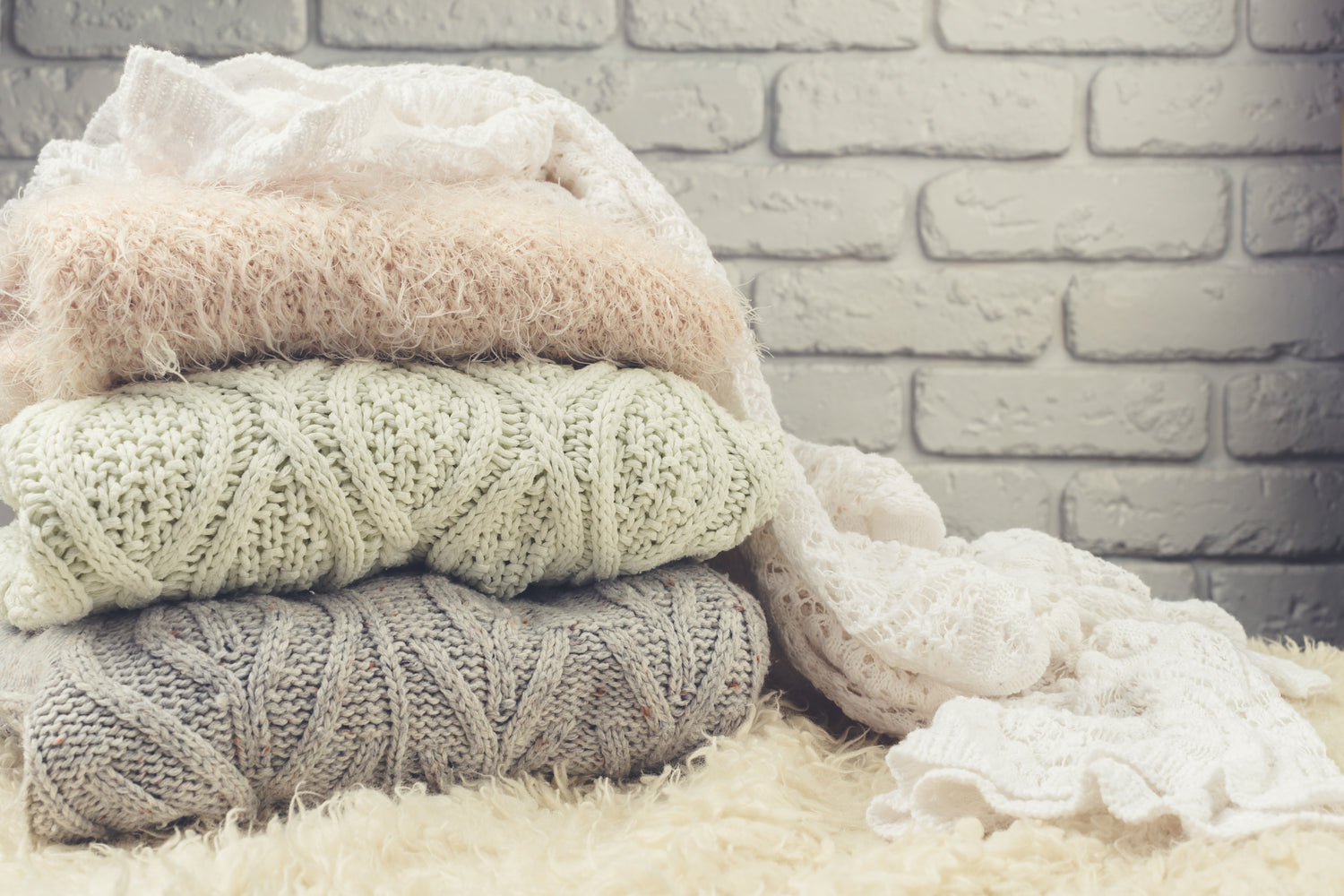One of the most sought-after fibers in the world, cashmere, stems from the highly protective fleece of the Capra hircus langier goats. These goats can be found mostly in the inhospitable mountainous regions of Mongolia and the Himalayas, where the temperature can drop to -40 degree Celsius. The processing of cashmere unveils a crafting opulence and a symphony of softness.

The origin of the luxurious cashmere fabric from the noble fiber is a long and cumbersome process. Come and take a dive with us from the journey of grazing meadows to the pinnacle of cashmere production.
GATHERING
Cashmere has been a prized material for centuries. It can only be collected in small quantities once a year. During the spring season, when the goats begin to molt or shed their wool naturally, the herders start gathering the wool. The molting season can begin as early as March in some regions or as late as May in others. The traditional approach of hand combing the fleece to get the undercoat of the goat is generally preferred over shearing. Shearing does not cut the fiber next to the skin. This reduces the fiber length of the cashmere by 1 cm or more. That affects the market value of the fabric accordingly. Many herders also shear their goats in the late spring season, after the animals have started molting, to save them from the cold spell.

Hand combing the fleece is a time consuming process. Cashmere goats have double fleece- the guard hair and the undercoat. To remove this guard hair from the undercoat, it can take up to two weeks.
SCOURING
The dust, debris and residual natural oil that cashmere goats accrues in its fleece while grazing, must be carefully removed prior to further processing. The first wash of the fiber is crucial. During this process, approximately 15 to 20% of the original mass of the fiber is removed. The raw cashmere fibers are soaked into water to loosen and remove some of the initial impurities. They are then washed, rinsed and dried carefully to prevent any damage.

The fine cashmere fibers require greater control while scouring than normal wool. The water rates, temperature, pH and the type and quality of detergent used can affect the luster of cashmere. It also can degrade the quality of the cashmere fabric and its ability to hold dyes. Every stage in the scouring process and subsequent drying is meticulously controlled to ensure that the fiber is left with the proper amount of natural grease.
DEHAIRING
After gathering the wool, the herders need to clean and separate the guard hair. This process is commonly referred to as de-hairing. In order to mechanically separate the coarse hair from the fibers, some modern processes use de-hairing machines like the air- flow machine. When the cashmere fibers are introduced in this air-flow dehairing machine, it creates an air current. This air-current uses the difference in weight and aerodynamics between the finer cashmere and the coarse guard hair to separate them.

The mechanical process of de-hairing also utilizes this difference in friction between the two fibers to segregate them. Only 35 to 40% of the original fiber is left after this process as it ensures that only the premium and soft fibers are retained for the production of high quality cashmere.
CARDING
Carding involves the cleaning, disentangling and intermixing of cashmere fibers to produce a continuous web of yarn. The cleaned and de-haired cashmere is inserted into carding tools like a drum carder. After introducing the fibers into the drum carder, it rotates the fibers through the wired teeth. This aligns the fibers and ensures a more uniform arrangement of cashmere. The process of carding not only helps to blend and align the fibers and but also prepare the cashmere wool for spinning.

SPINNING
After cleaning the carded fiber, the preferred spinning method for the desired yarn type is selected. Before spinning, the fibers are gently pulled and stretched to attain the desired thickness which makes them manageable during the spinning process. These fibers are then attached to the spindle and slubbing and rovings are twisted to form yarn threads.






